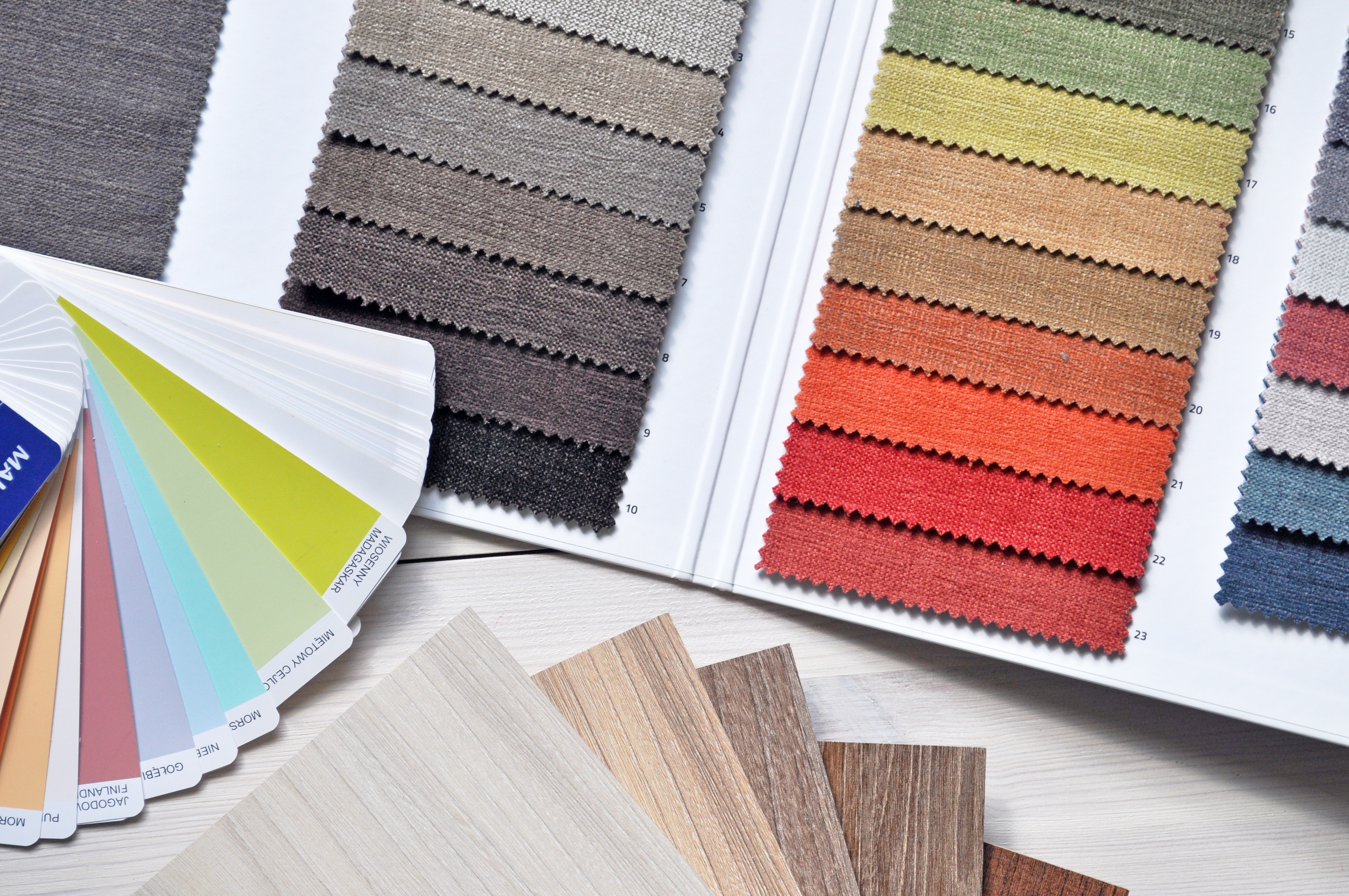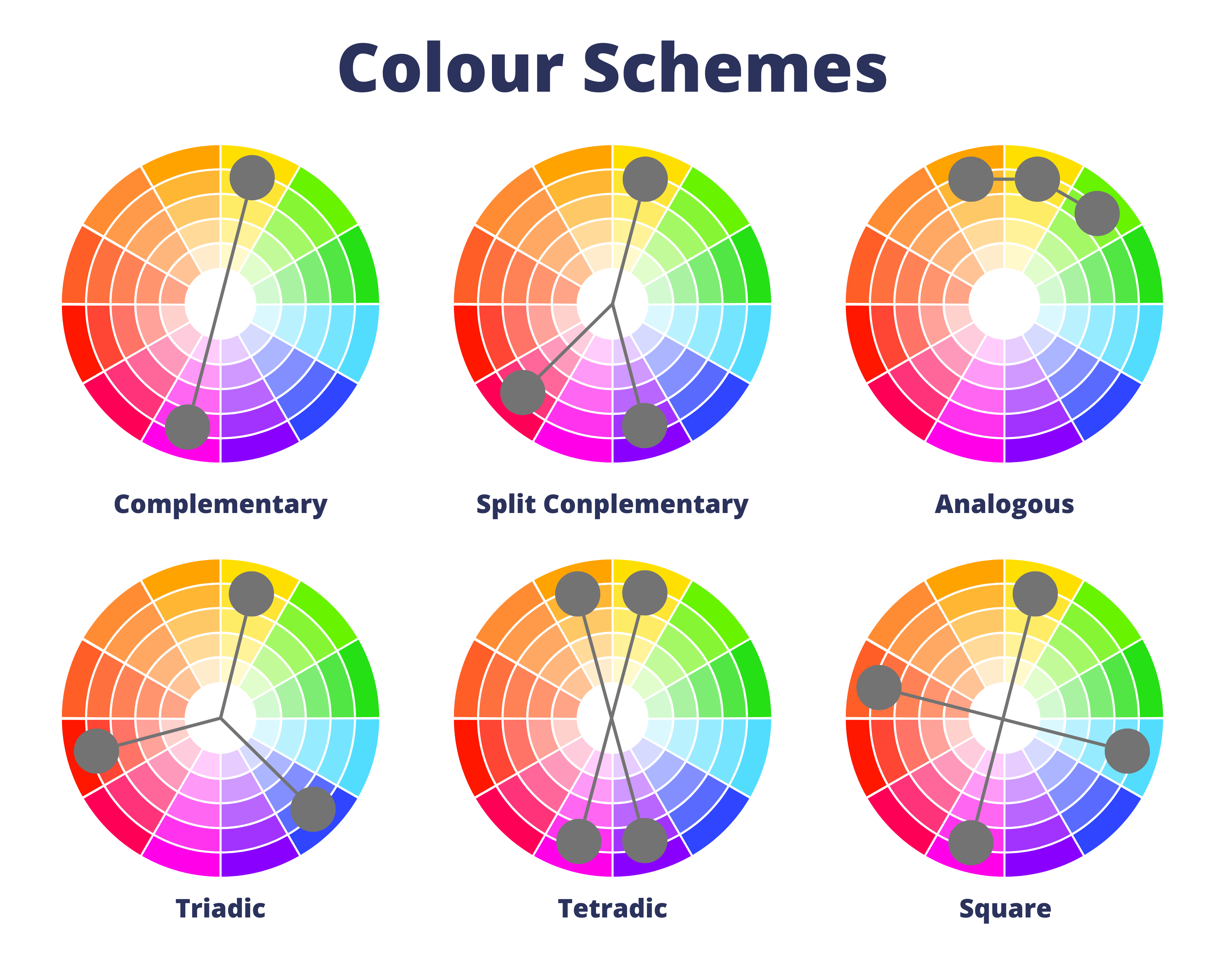-
Leading builders of Modular Homes in NSW, VIC, & SA
-
-
Leading builders of Modular Homes in NSW, VIC, & SA

Adding colour to your home shouldn’t be a difficult ordeal. There are many different aspects to consider when you’re planning to add some colour, especially if you want the space to feel comfortable and naturally inviting. Colour is one of the key aspects of interior design, but it can also be one of the most difficult to get right. When done correctly, your home will look bright and exciting however if there are too many colours and shades competing for attention then your home could look cluttered and messy.
How do you know which colours work best together, how do you inject colour into your space? And more importantly, how do you know what works for your home?
Colour Theory
Colour is used everywhere and it’s a powerful tool for changing the appearance of any room or home. Understanding and using colour theory allows you to create an attractive and harmonious household by knowing what works well together and pairing colours together effectively. You may have heard of the colour wheel which is a visual representation of which colours blend nicely together.
While it’s not vital that you know the complete ins and outs of colour theory and the colour wheel. There are some colour basics that everyone should know to help you design your dream home. Colours can be categorised in a few different ways. Firstly, we have the primary, secondary and tertiary colour groups. Primary colours are colours that can’t be made from mixing other colours together. Secondary colours are made from mixing primary colours together and tertiary colours are made from mixing primary and secondary colours together. Colours are also aligned with certain temperatures – this describes where the colour is situated on the colour wheel. For example, red, orange and yellow are often associated as warm colours as they are often more vibrant and brighter while blues, purples and most greens are usually considered cool colours as they are typically more relaxed and calming.
Colour Selections and Colour Schemes
The journey to creating a beautiful home that you love can begin with colour. The right colour scheme can brighten any room even if it's small or doesn't have much natural light. There are many ways to make colour work in your home and there are a few different ways you can start making your selections. You could select one colour from the colour wheel as a jumping off point or you could select one of the seven major colour scheme types and go from there.
There are seven major colour schemes; Complementary, Split-Complementary, Analogous, Triadic, Tetradic, and Square. Using 2 to 4 colours from the colour wheel, each scheme has their own rules and guidelines on how to develop your own colour scheme.

Work with your existing furniture
Often when people think of colour, they think of bold bright colours however adding colour to your home doesn’t mean it needs to be in your face. Understanding colour theory can help you curate the perfect colourful home.
An easy way to start introducing colour into your home could be by using your feature artwork, couch, or rug as a starting point. Pull out some interesting colours you see in these items and use it in other areas. You could choose to have throw pillows that complement the colours in your rug or artwork. You could turn to more muted colours from an earthy neutral palette by bringing in natural materials to draw some interest. It could be adding in some texture like woven rugs, using natural timber or lots of greenery!
Things to think about
It’s common to want to select the perfect colour scheme however the best part of playing with colour is experimenting and finding what works and what doesn’t. We have a few helpful tips to keep in mind when you’re experimenting to aid you in finding the best colours for your home.
When you’ve landed on your dominant colour, check it out in different lighting – your new favourite colour could look very different under artificial light. Also think about how you’re balancing your colours. Try to avoid having all dark or bright colours on one side of the room and instead try to balance them out around the space. Even the most colourful of places need somewhere to rest, try including large elements of neutral colours to balance out the colour in the room and give the eyes a place to rest.
Sometimes playing safe is the biggest risk of all – don’t be afraid of trying new things and experimenting with colour. If at first, you’re not getting a result you like, you just change it up! Remember that ultimately the choice of a colour scheme is entirely subjective, what looks good to you might look different to another person so go with what feels right for you and your space.


